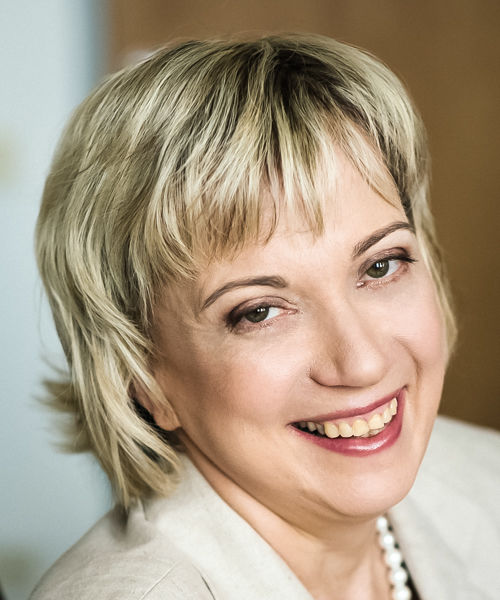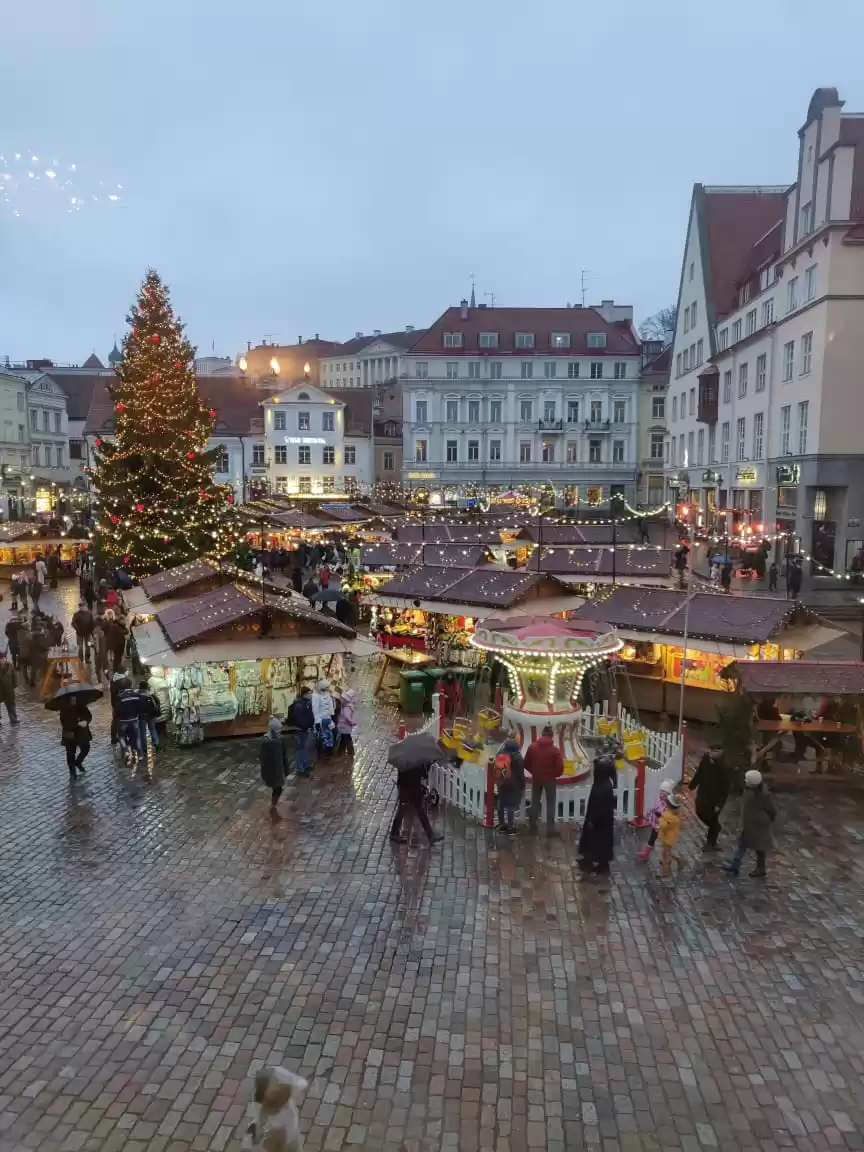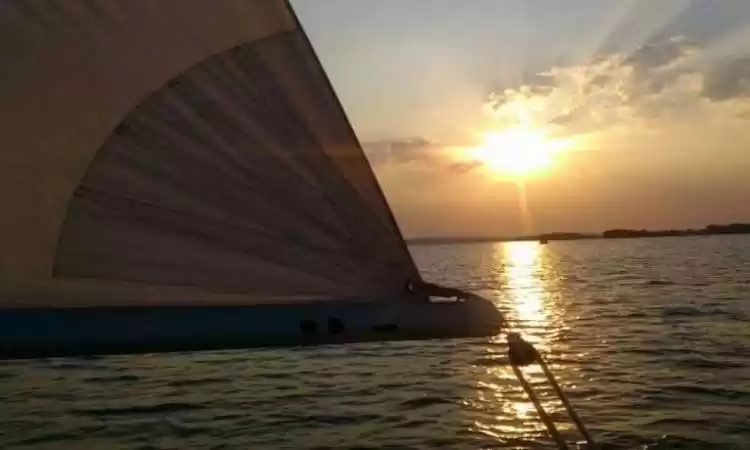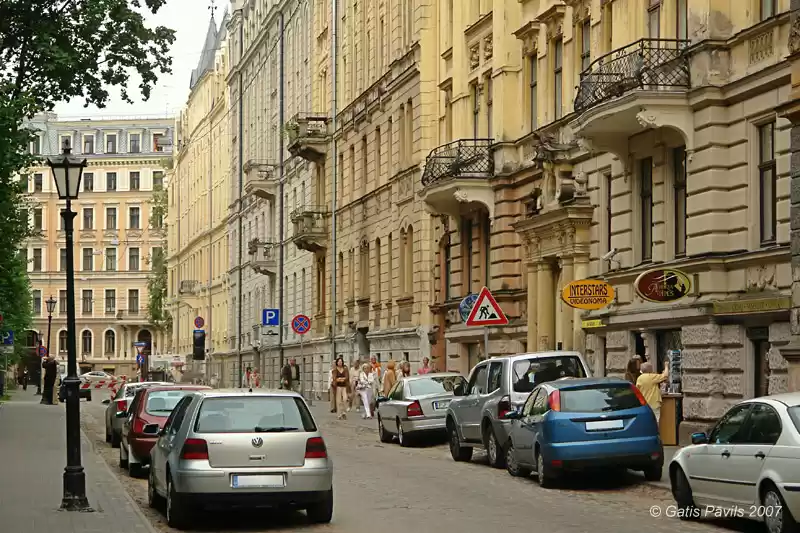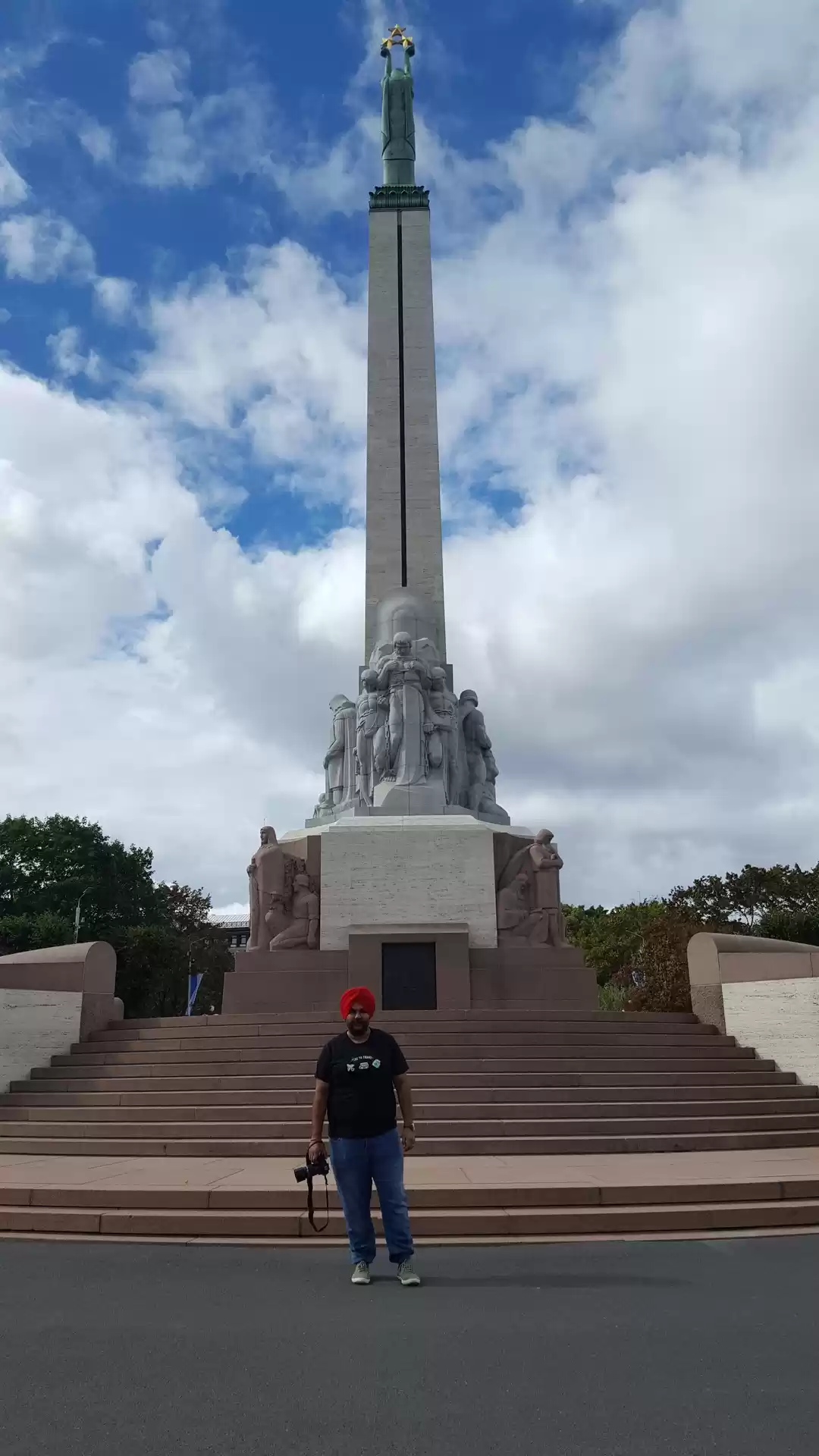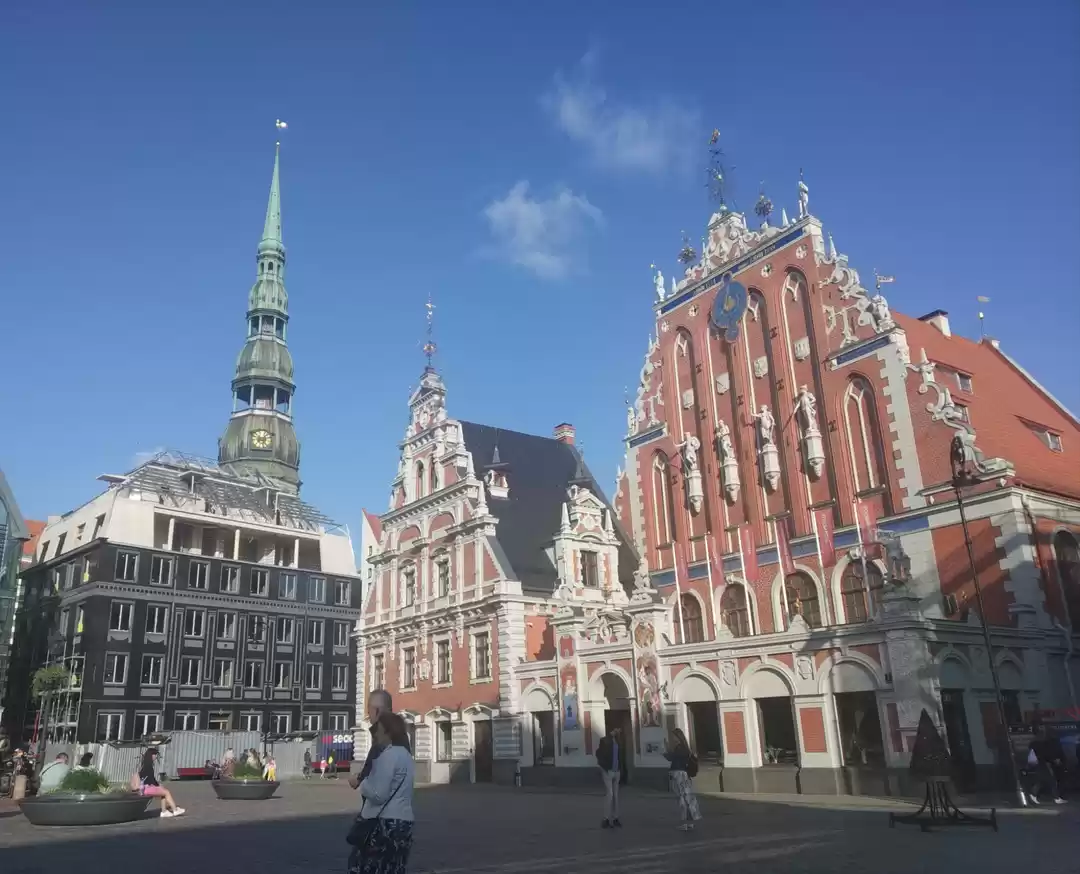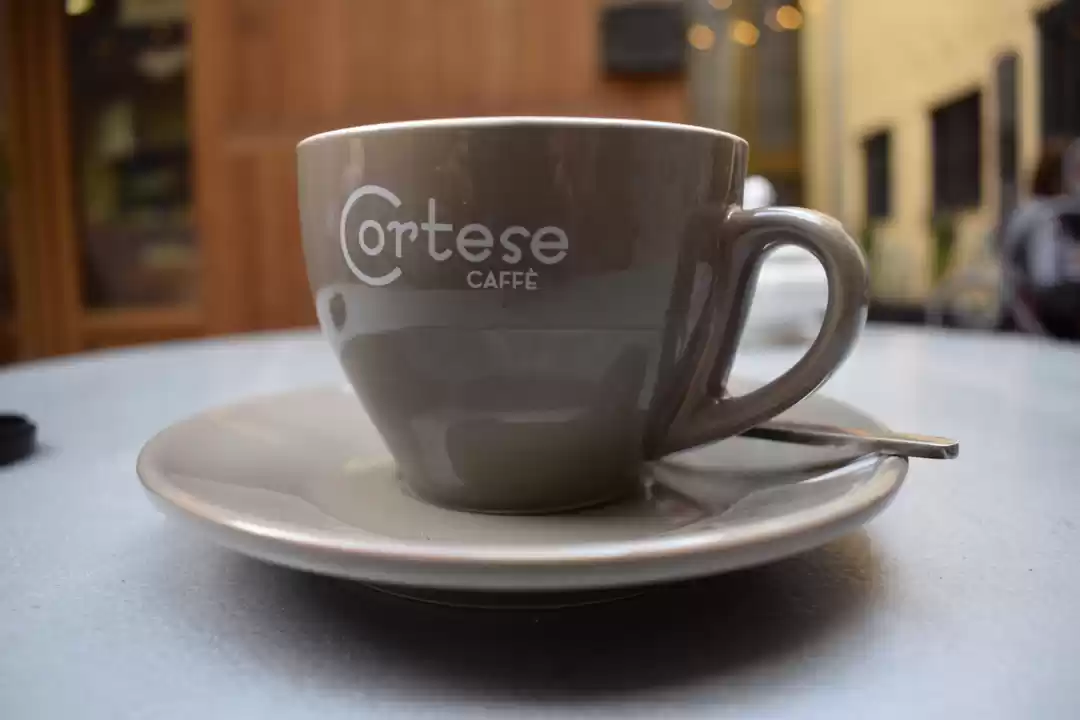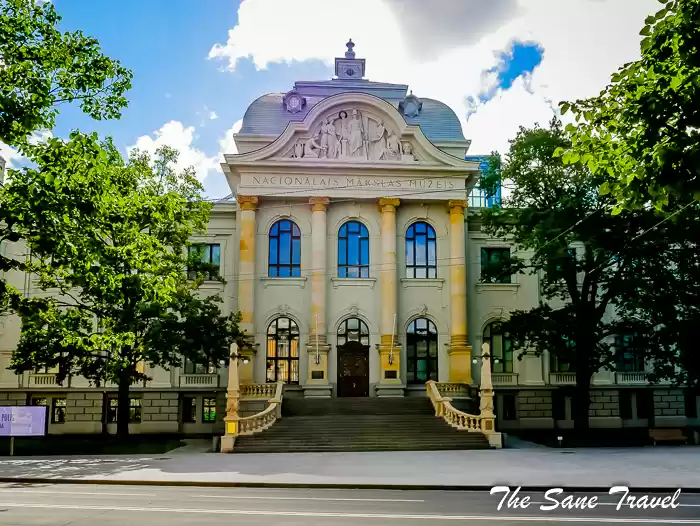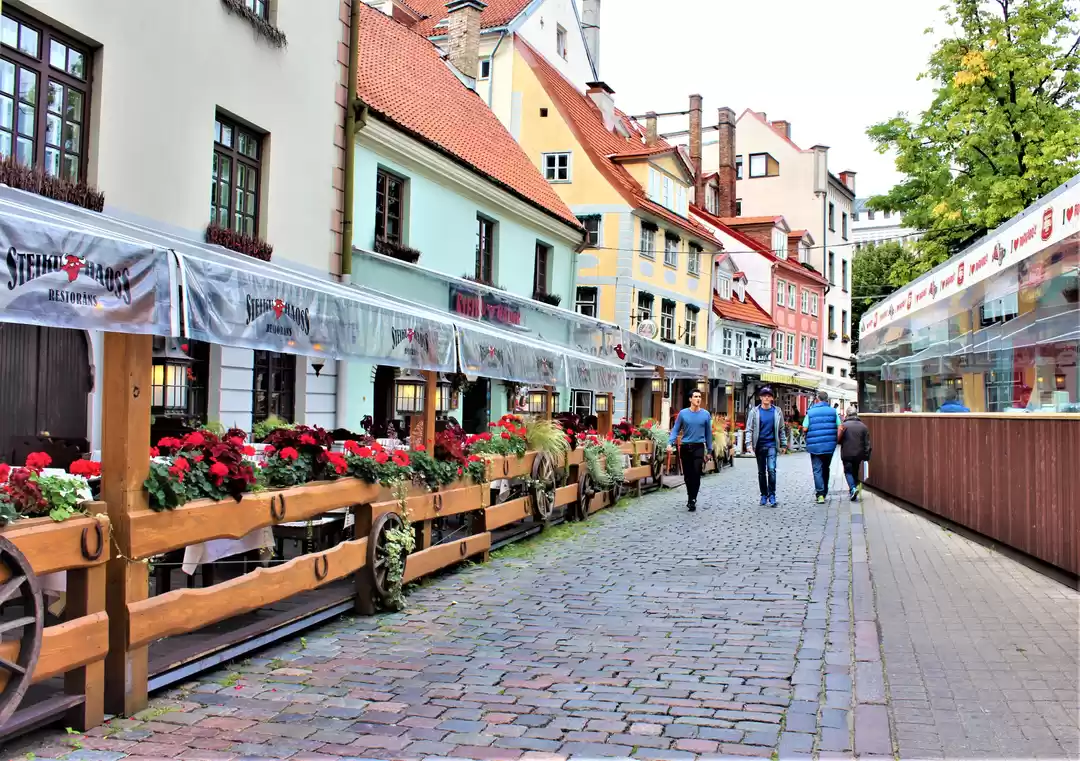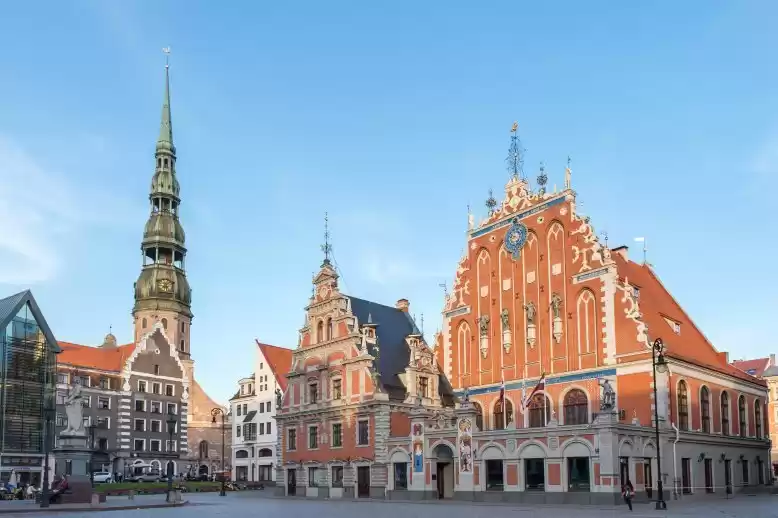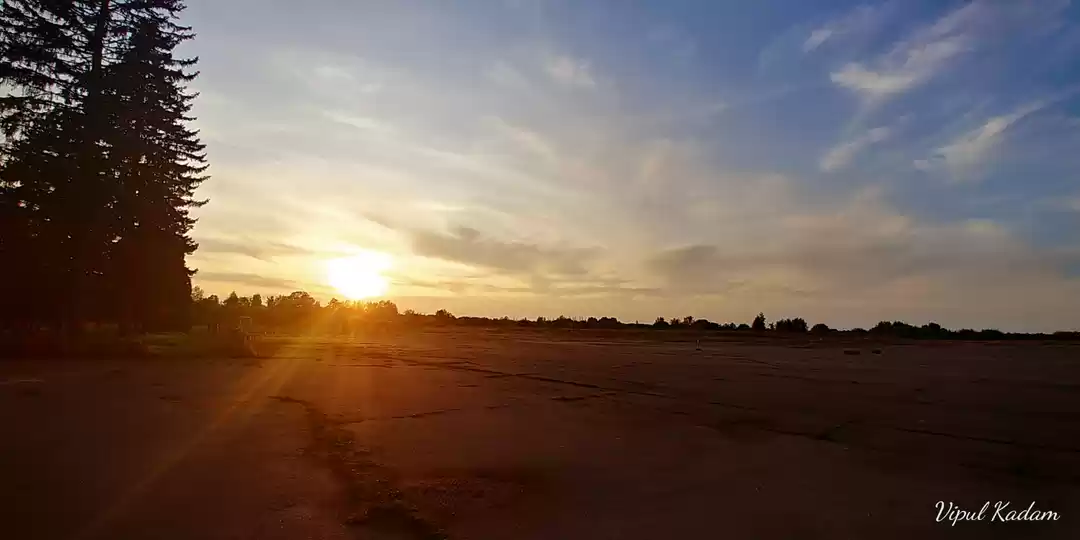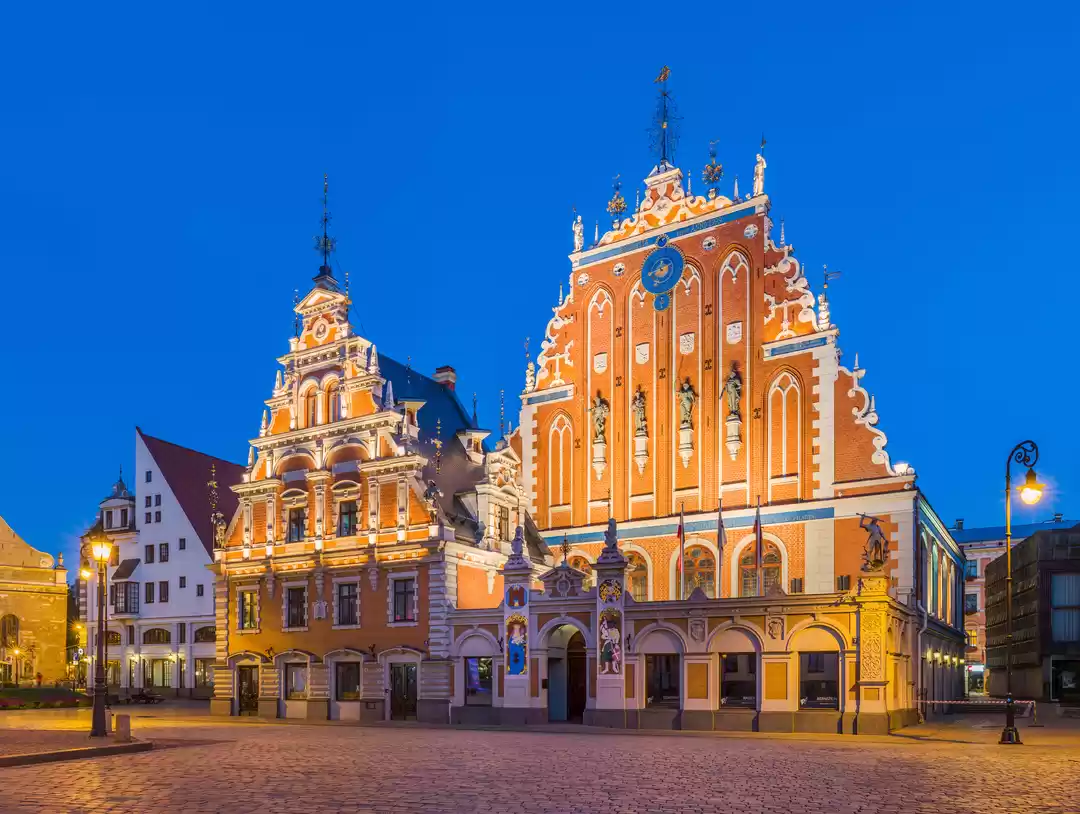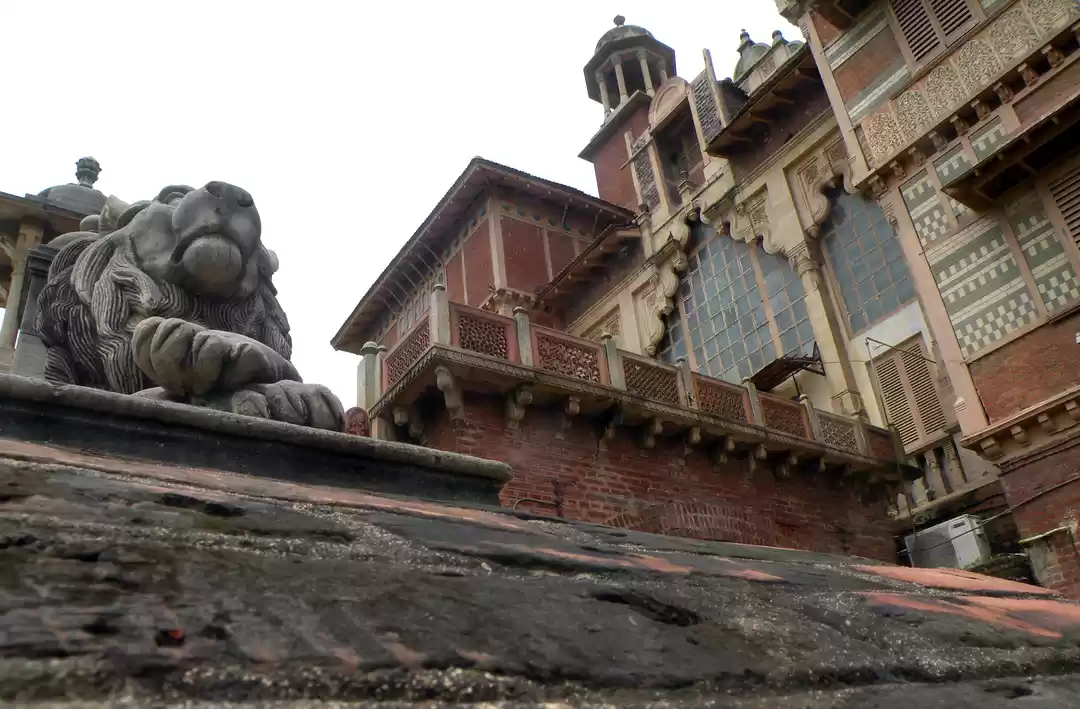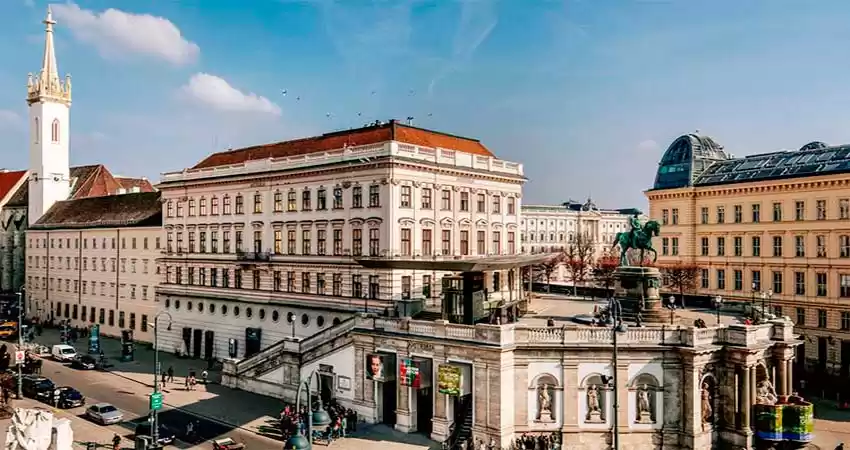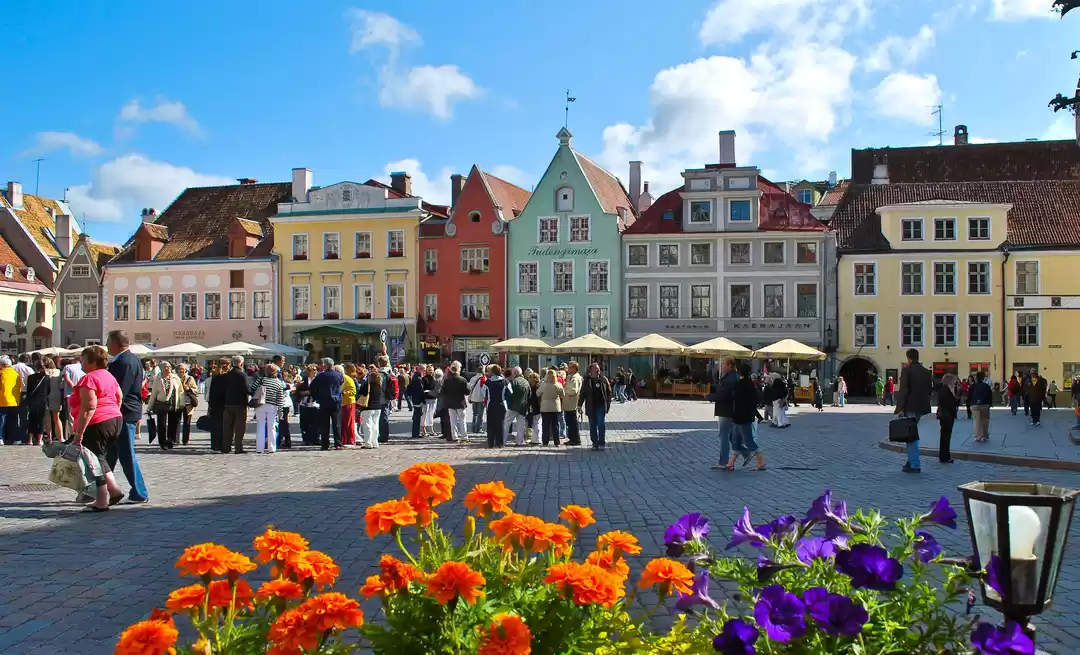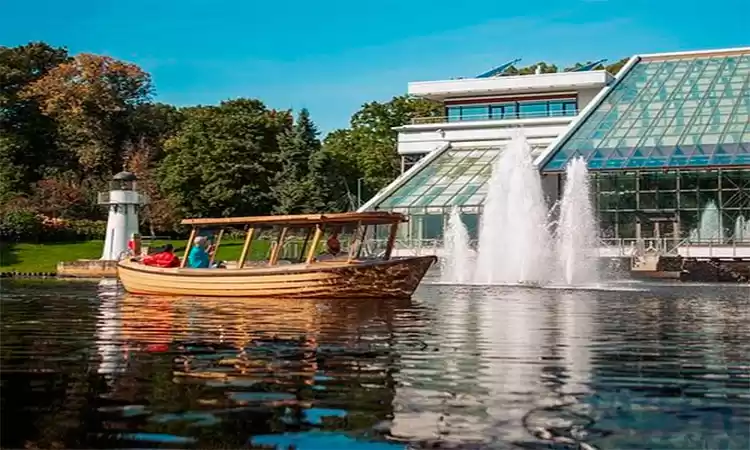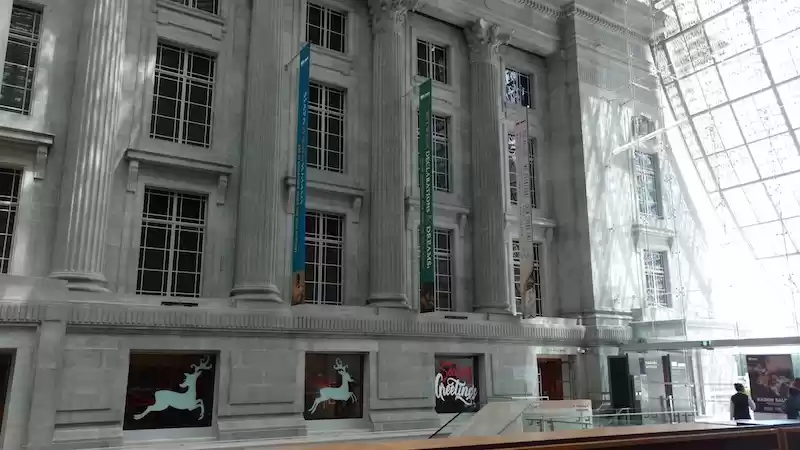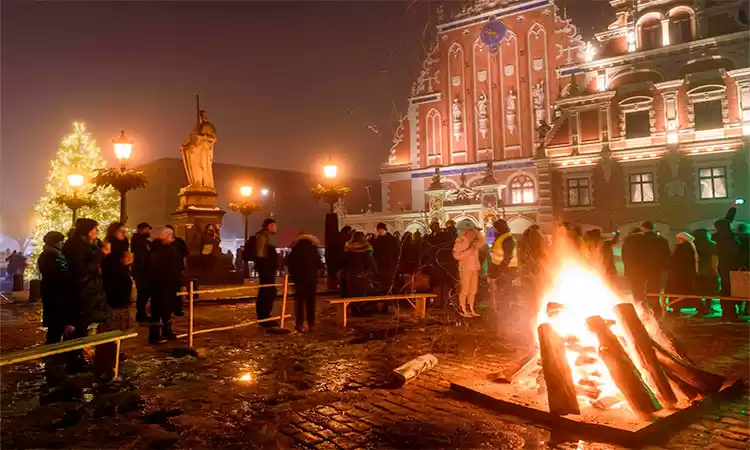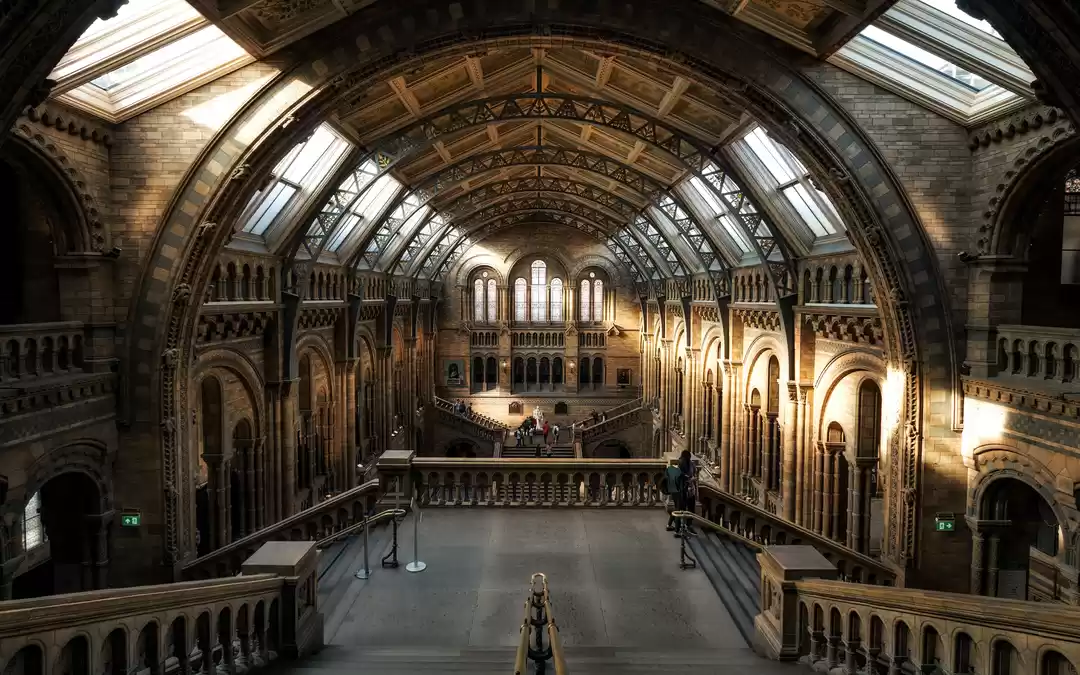As a recent European capital of culture, Riga, the capital of Latvia has been investing in several of its museums lately to turn them into the some of the best up-to-date museums. I recommend those three as a must see for your Riga visit: The Riga Bourse Art Museum, Latvian Museum of Art, and Riga Motor Museum. The latter two were opened after reconstruction just in 2016. The Riga Bourse Art Museum and Latvian Museum of Art are located in the buildings of high historical and architectural value and are worth seeing just because of that. Those two are in easy reach by foot from the Old town.
The Latvian National Museum of Art (LNMA)
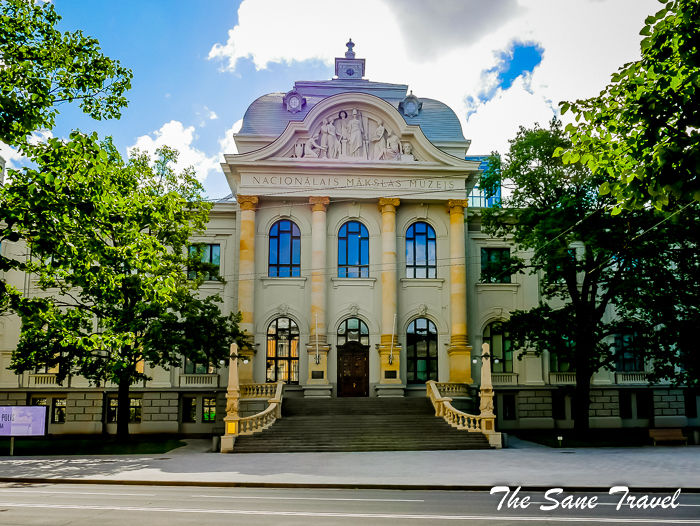
The building of the museum holds just as much cultural and historical significance as thousands of works of art that it houses. The building dates back to the early 1900's and is highly regarded as an architectural monument of the style known as historicism, representing the city's heritage.
It was the first building in the Baltics designed especially for the museum.The façade demonstrates a classical baroque style showing sculptural details and ornamentation. The core of the new visual identity of the museum is its striking evening illumination, a play with the hidden and the obvious. Visitors have access to the museum's attic and cupola and the two newly designed roof terraces that offer a panoramic view of Riga. Exquisite Art Nouveau elements decorate the staircase railings. The sweeping marble staircase and the red carpet in the Museum's atrium provide you with a VIP welcome an art-lover deserves, and the exhibits themselves are very impressive too.
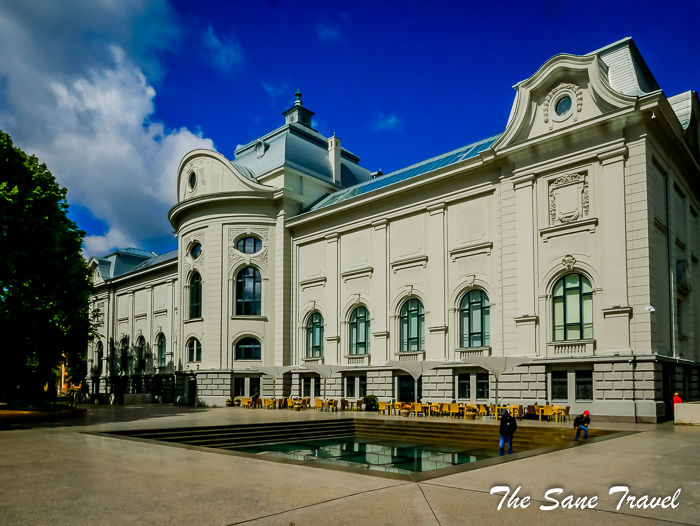
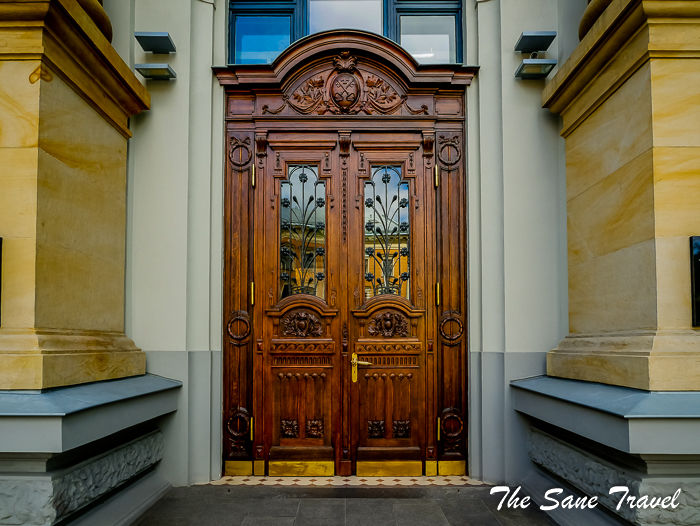
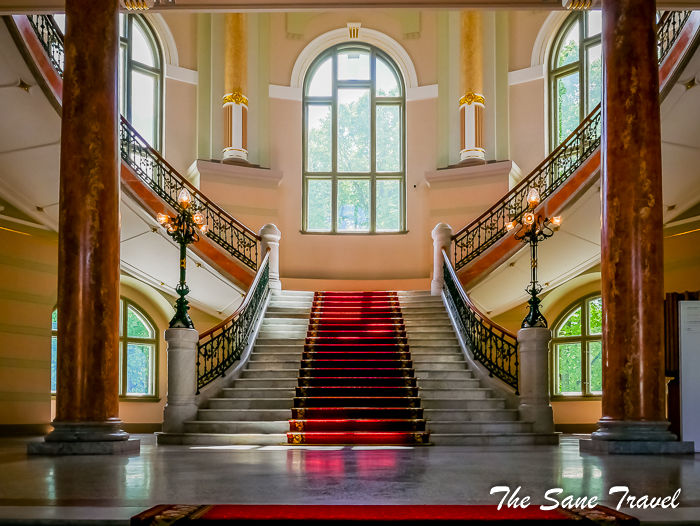
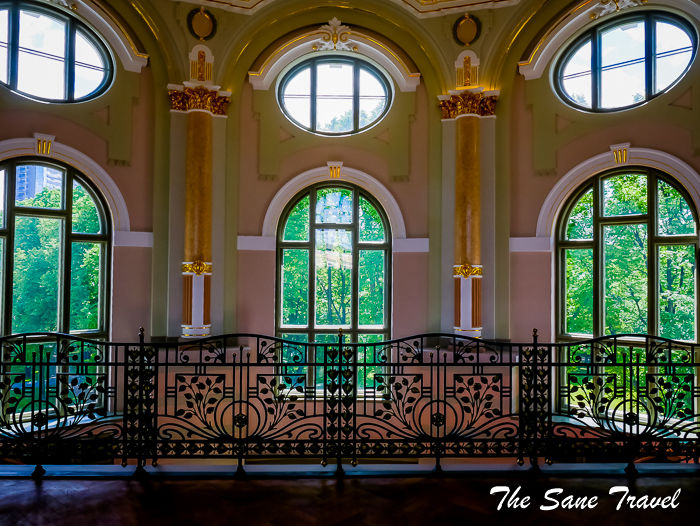
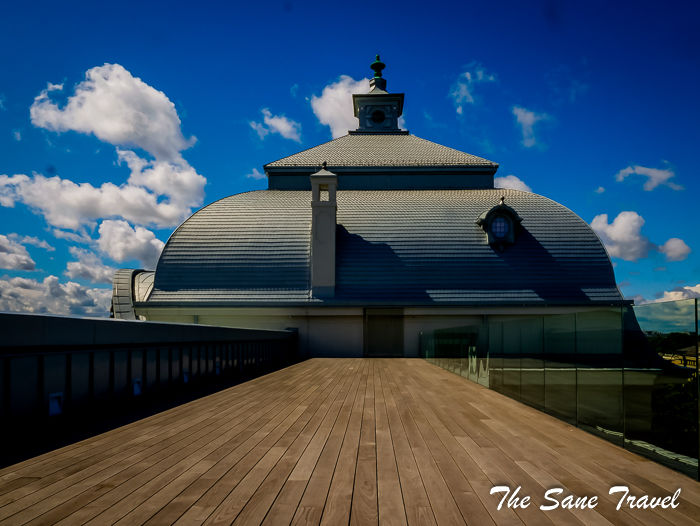
LNMA's permanent exposition provides for a comprehensive overview of the Latvian art of the 19th and 20th centuries. This collection is located in the museum's historical building on two levels, placed chronologically according to the style of work. It reflects the overall development of art in Latvia, with emphasis on the masterpieces of each period.
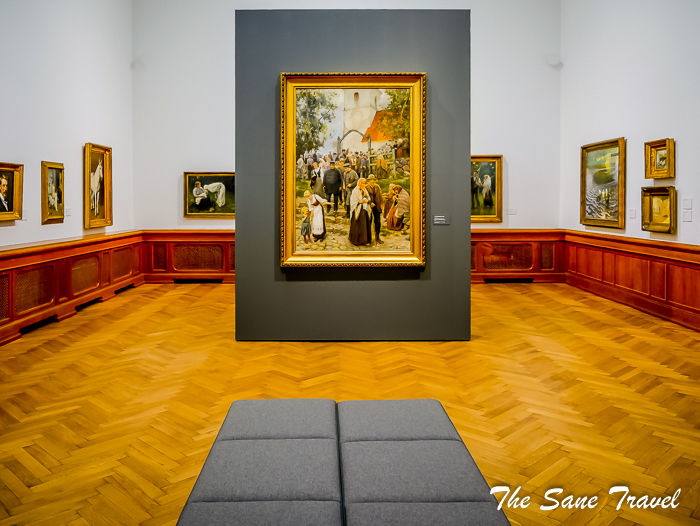
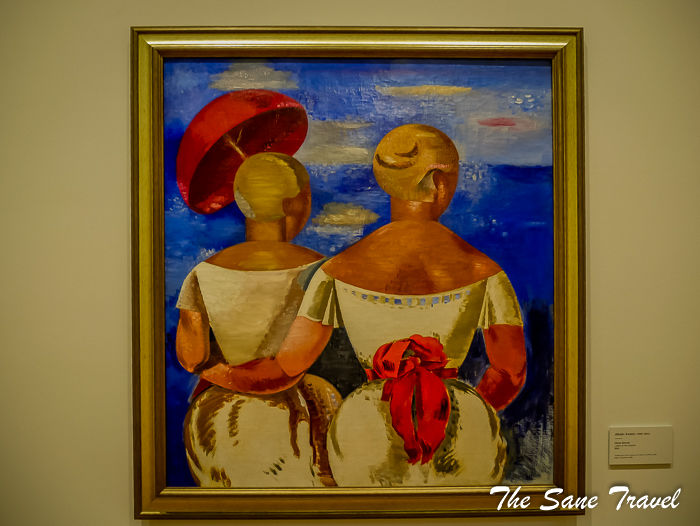
Included into the permanent exhibition are the artwork from 1945-2000, the Soviet occupation years and the 90's. Exhibitions of contemporary Latvian artists Boriss Bērziņš (1930 - 2002) and Miervaldis Polis (1948) were placed in the new block of the museum after its reopening.
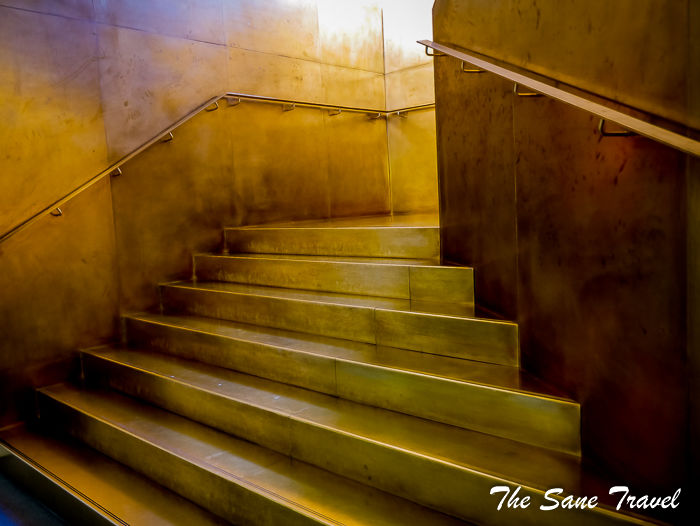
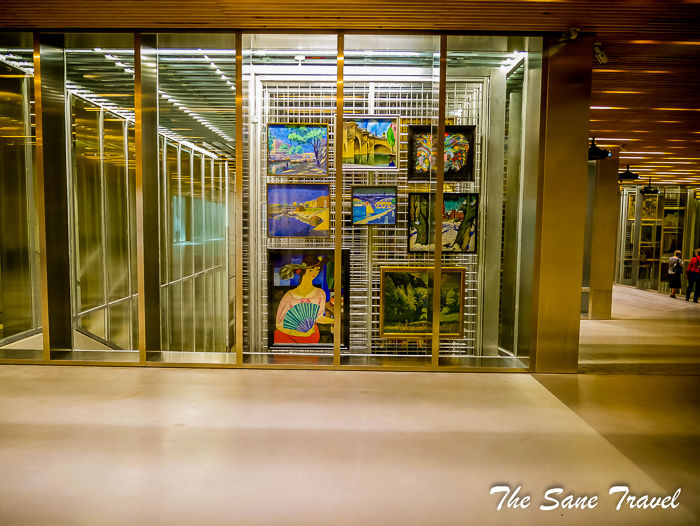
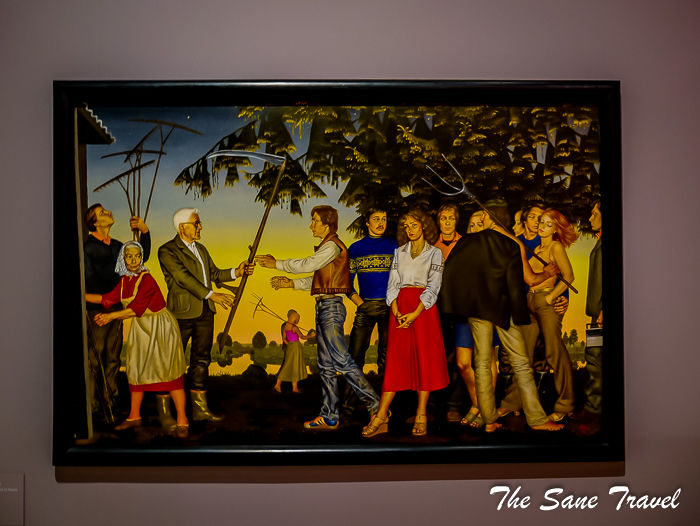
The room dedicated to the Roerich father and son is on its own worth the entrance fee. These two wanderers went off to India and found enlightenment before developing their distinctive style.Museum restaurant invites for a nice meal.
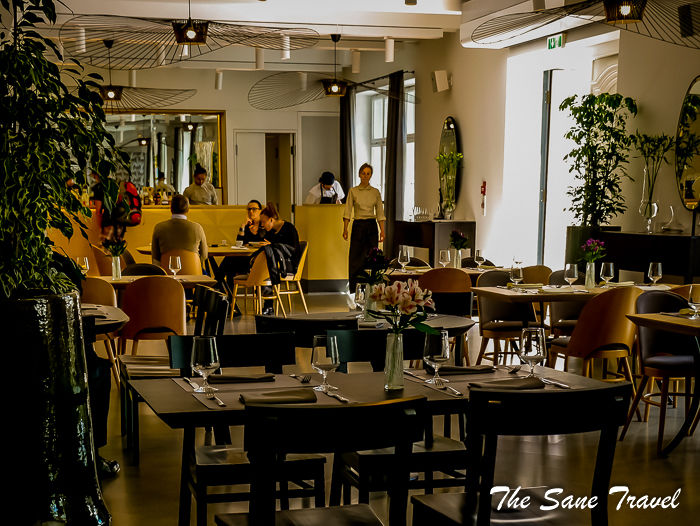
Address: 1 Janis Rozentāls Square. The museum is closed on Mondays.
The Riga Bourse Art Museum
The museum is located in the Riga Bourse building that is an architectural monument of national importance. The building was constructed in the middle of the 19th century praising Venetian Renaissance palazzo forms that symbolize wealth and abundance. The building was designed by an architect of German origin Harald Julius von Bosse (1812-1894).
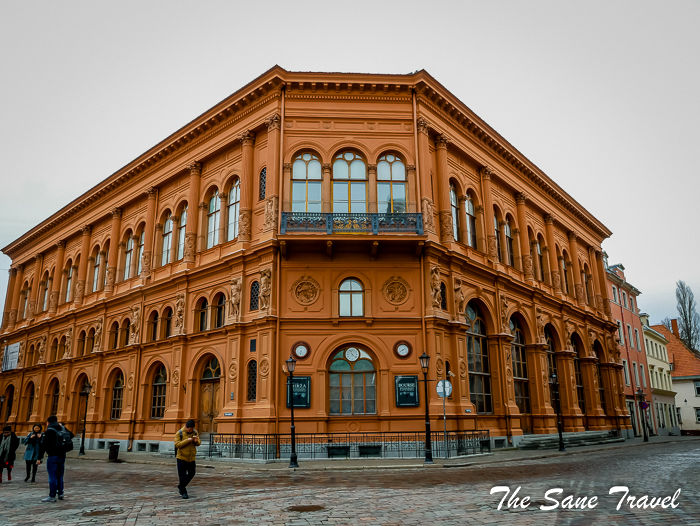
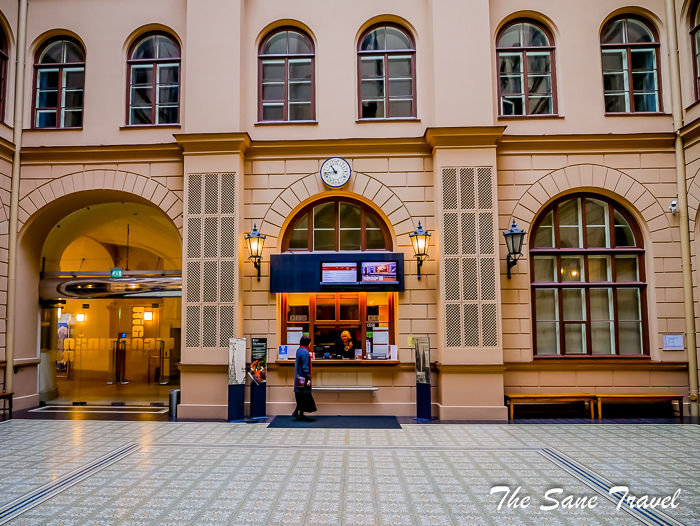
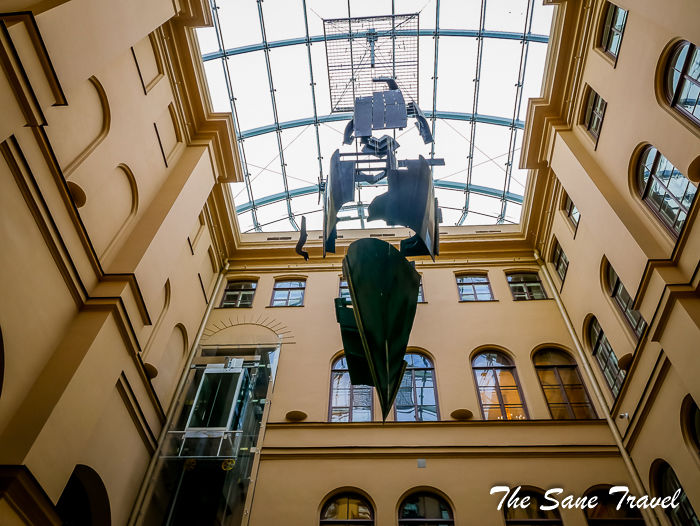
After its successful reconstruction about 5 years ago, the Art Museum Riga Bourse now houses a lot of rooms on its six floors. There are modern exhibition halls, various expositions, the "Small School" for children, seminar and conference rooms, museum souvenir and art catalogue shop, as well as a café.
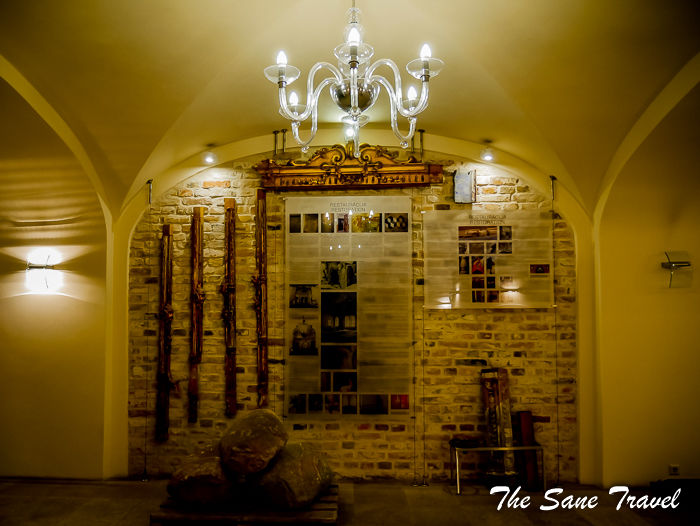
The Riga Bourse stores the largest collection of foreign art in Latvia. The collection was started by Riga's council members, mayors and traders in the 19th century. The Riga Bourse museum is positioned as a point of cultural exchange where excellence is more important than national origin.The museum has four permanent expositions.Egyptian mummyIn the safe room of the Eastern Gallery, you can see the popular exhibition of Ancient Egyptian art, which includes an Egyptian mummy in a wooden sarcophagus, the only one in Latvia.Northern European School of PaintingPainting Gallery was created by putting the best-quality 16-19th century works in a chronological order, according to nation and genre. The collection offers predominantly Dutch, Flemish and German art. Examples of the 17th century Northern European School of Paining are the pride of the collection.
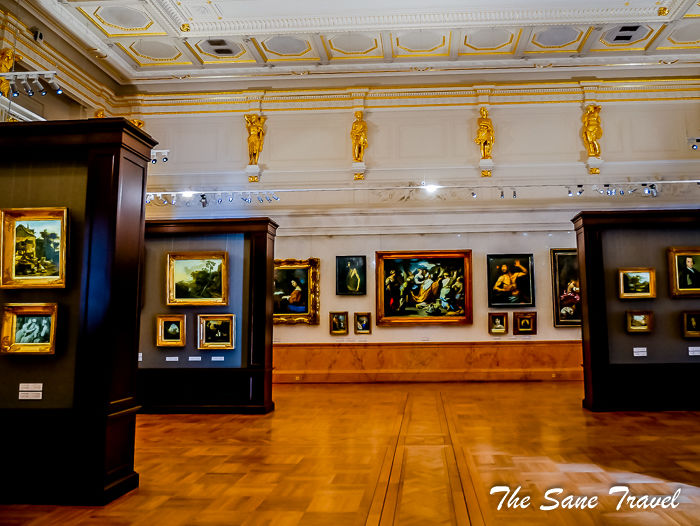
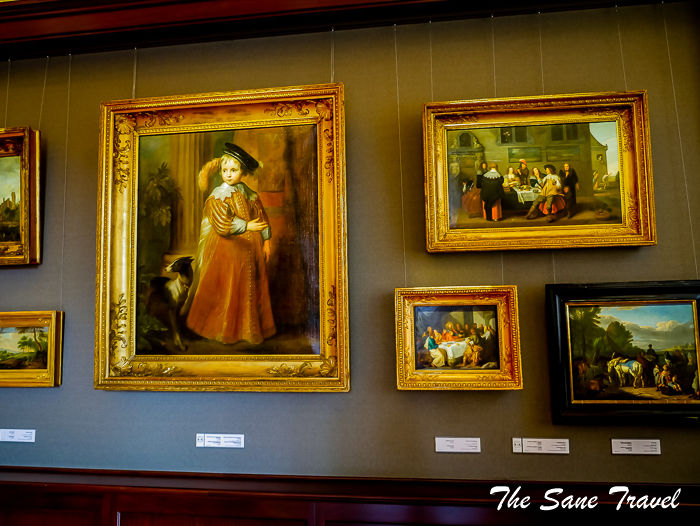
Porcelain and its collectors in RigaThe Western Gallery is dedicated to the exquisite Western European 18-20 century porcelain collection and stories about the collectors themselves. The 19th century atmosphere permeating this gallery is intentional, as this century is the time when the interiors of the building were created as well as the heydey of collecting among Riga's Germans.
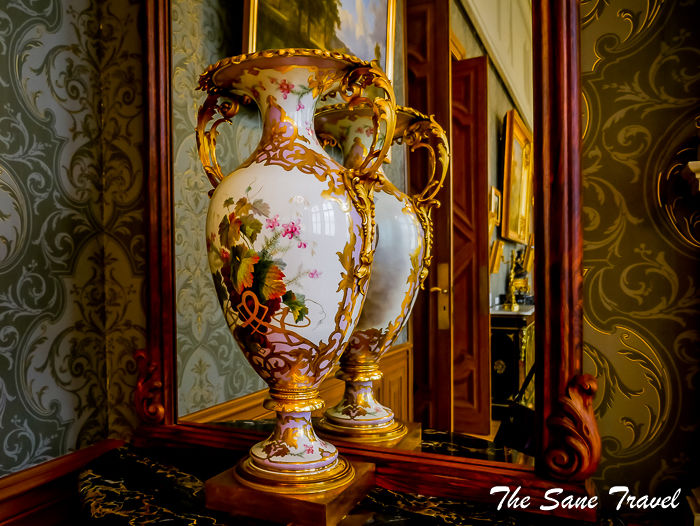
Oriental ArtThe Oriental Gallery houses the voluminous collection of art from the Middle and Far East. The museum can be proud of holding the collection that is the largest one in Latvia, and one of the largest in the Baltics. The traditional art of Japan, China, India and Indonesia is broadly represented.
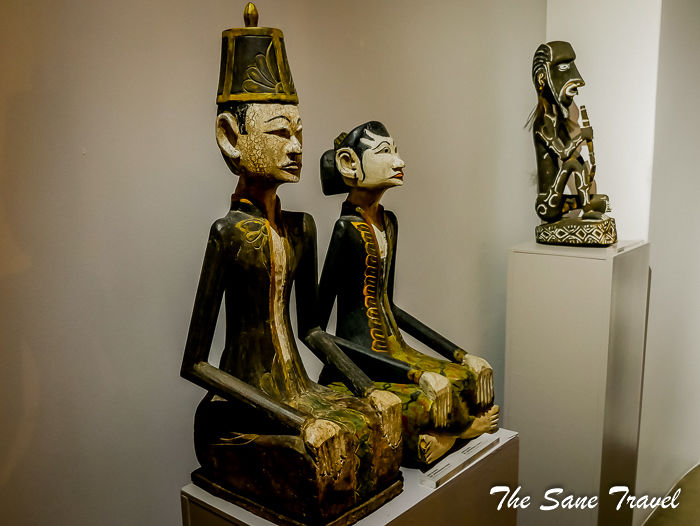
The 1st floor halls have been turned into modern exhibition halls offering international exhibitions.
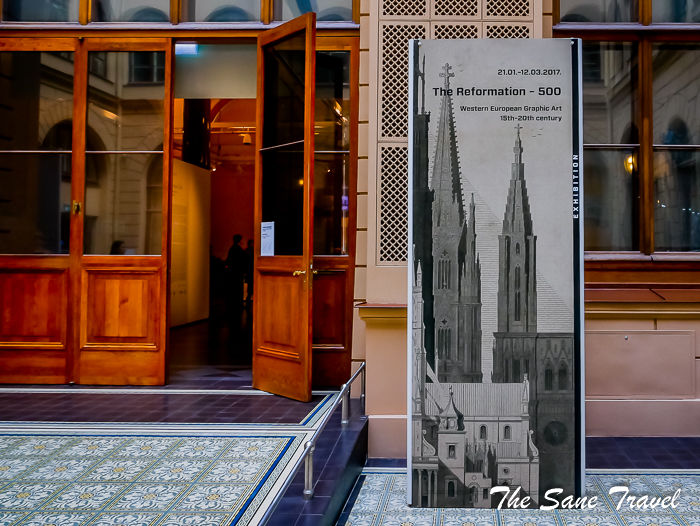
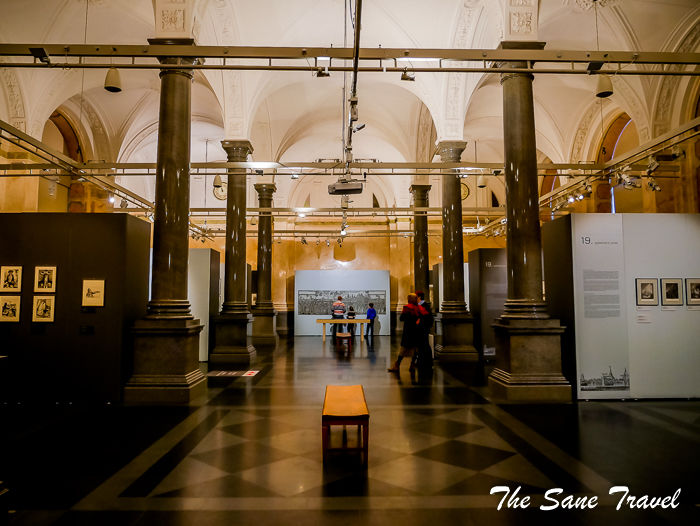
The museum offers audio guide services in Latvian, English, and Russian. Don't miss the cosy museum's café with local pastry.
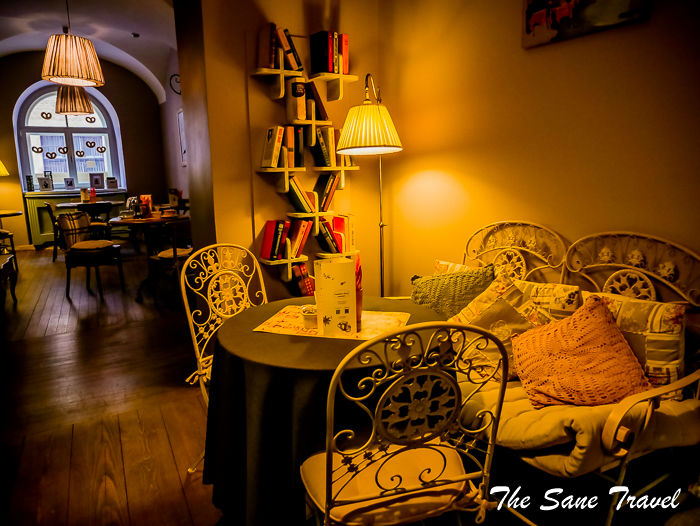
Address: 6 Dome Square. The museum is closed on Mondays.
Riga Motor Museum
This museum's roots lie in the Antique Automobile Club of Latvia's traditions, with its members' enthusiasm and passion towards antique vehicles that are both an aesthetic value and a part of cultural heritage. It led to opening Riga Motor Museum in 1989. After a major reconstruction, the museum has gained modernised exposition space, a comfortable and enjoyable environment, as well as accessibility for all visitors. In July 2016 the museum opened after reconstruction for everyone.
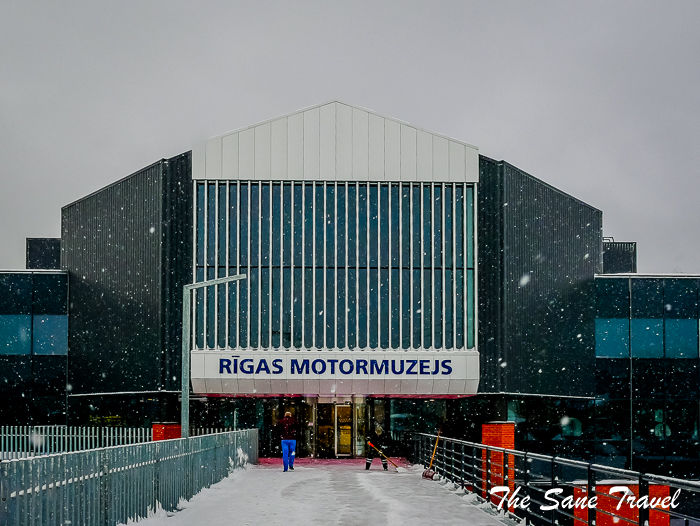
The Riga Motor Museum hosts the largest and the most modern antique vehicle collection in the Baltics. The museum's collection is located on three floors and covers more than 4000 square meters. The museum exhibition is organized in a form of an exciting interactive story about unique vehicles, notable persons and the most significant events in the history of the automotive industry, complemented by modern multimedia technologies.The museum showcases more than a hundred unique antique vehicles and the collection is enriched with several significant acquisitions. Among the newest additions are the "Benz Patent Motorwagen" replica, the Czech pride "Tatra 87" manufactured in 1949, and the result of the joint effort of Austrians and Germans - cabriolet "Steyr 220 Gläser Sport Cabrio" made in 1938. Then again, there are "Krastin auto" - a car created by Latvian Augusts Krastins in 1903 in USA, "Cadillac V8" of 1930 or the "twin" of the car of president Kārlis Ulmanis, and others.
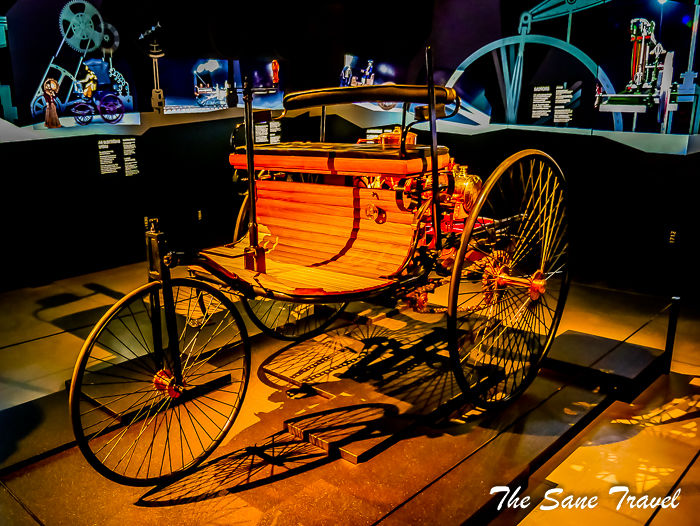
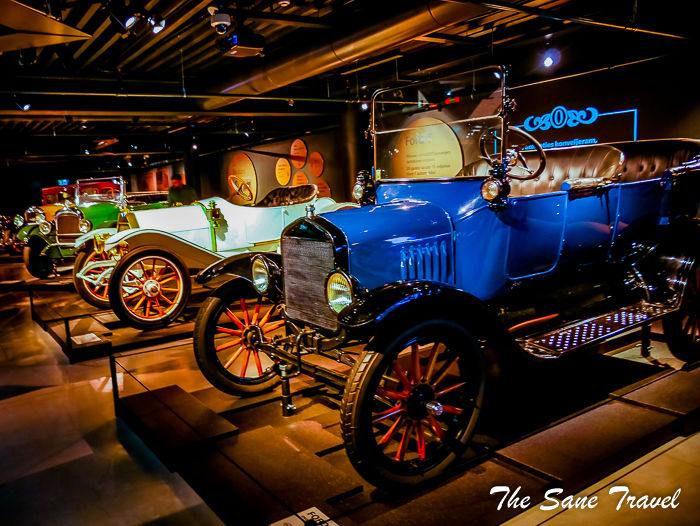
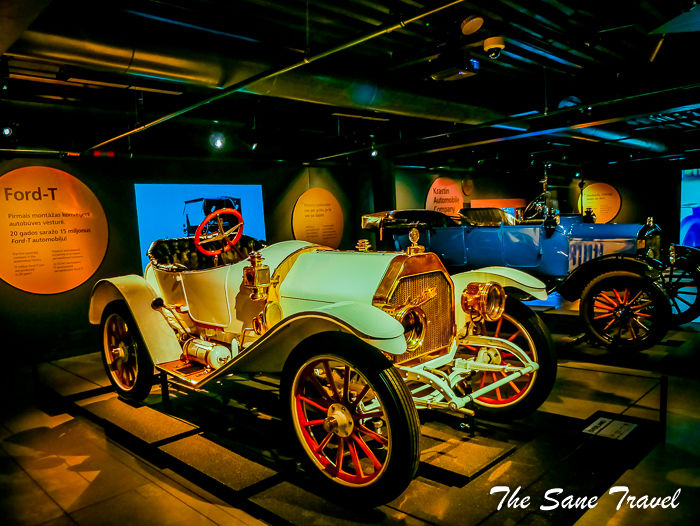
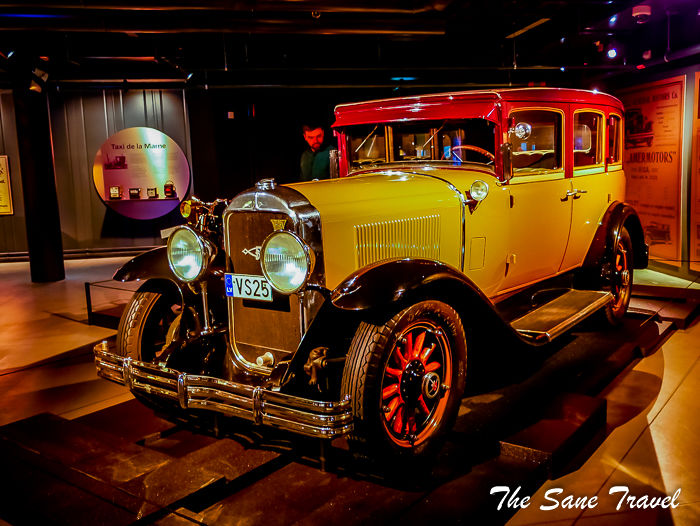
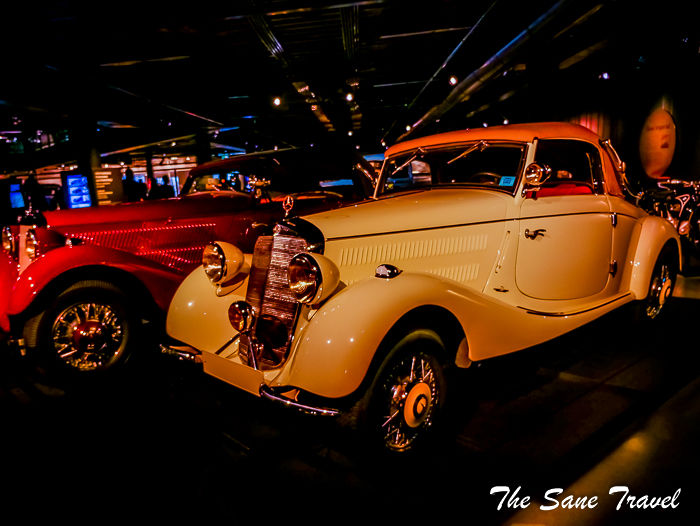
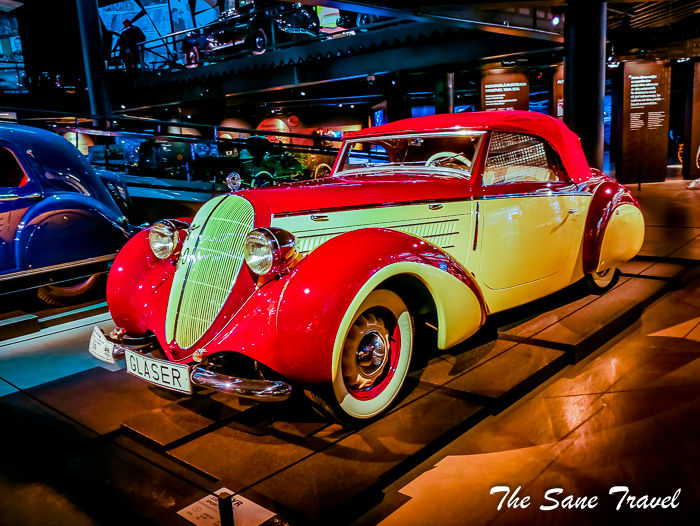
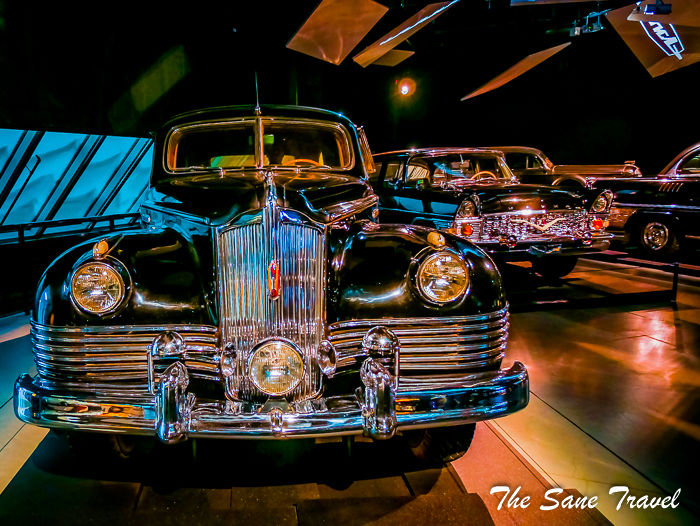
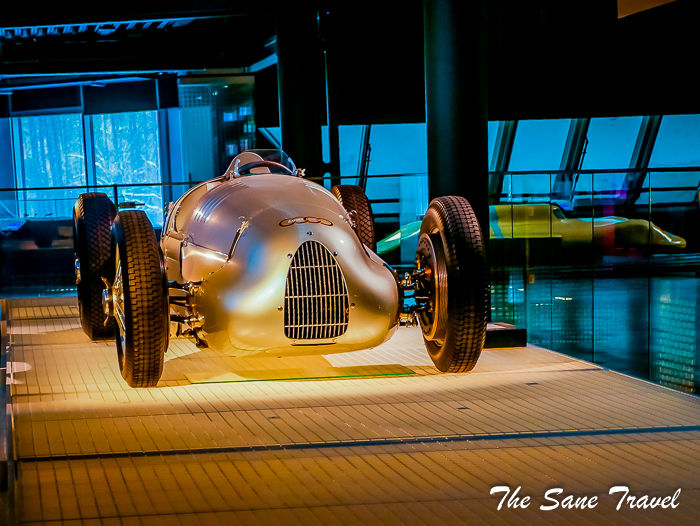
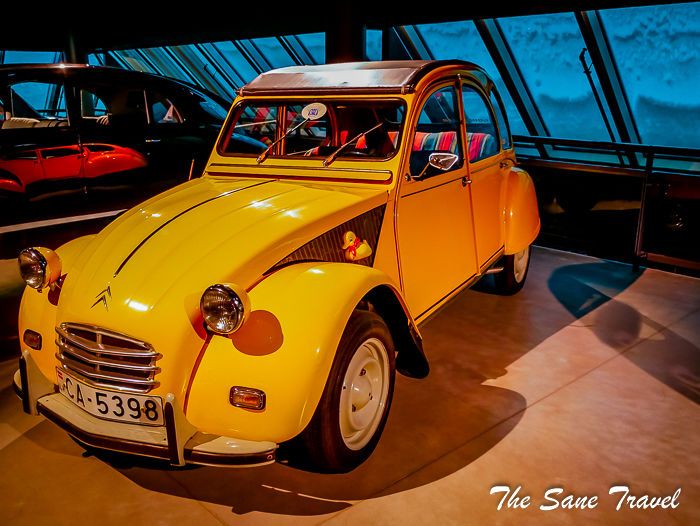
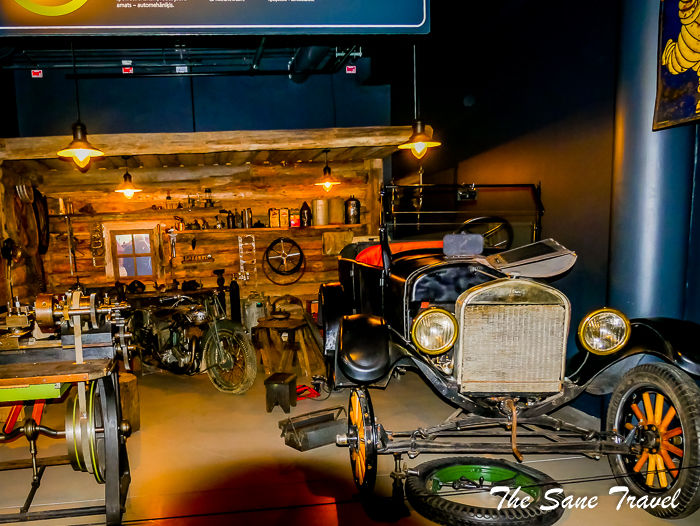
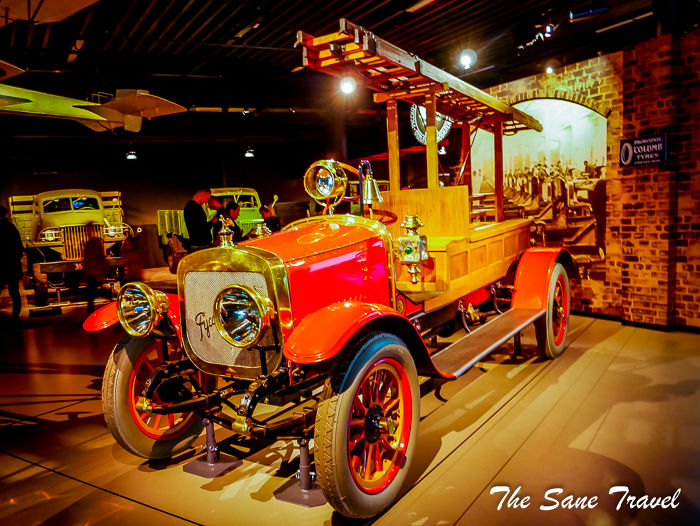
Historical vehicles displayed in a modern way make a visit to Riga Motor Museum an exciting way to spend a day exploring them. To ensure diverse and dynamic work, the museum has a separate exhibition hall and a modern conference hall. For the comfort and enjoyment of visitors, there is a café and a kids' area.
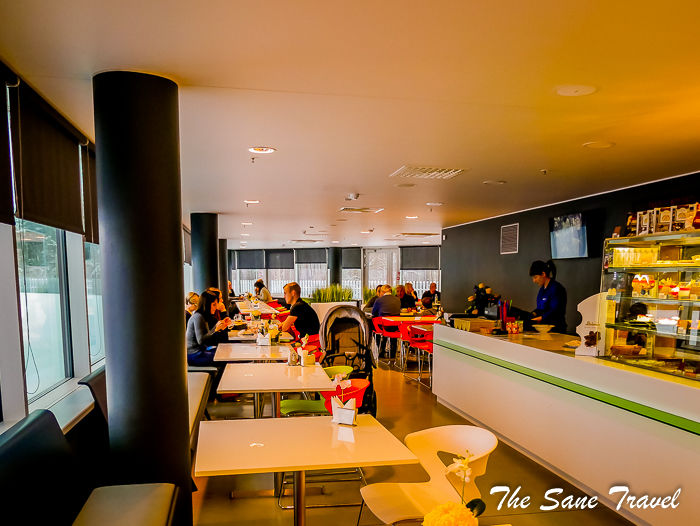
Address: S. Eizenšteina Street 8. Open daily.
Read also my post about Riga's Art Nouveau architecture.
Author: Anita Sāne https://thesanetravel.com
